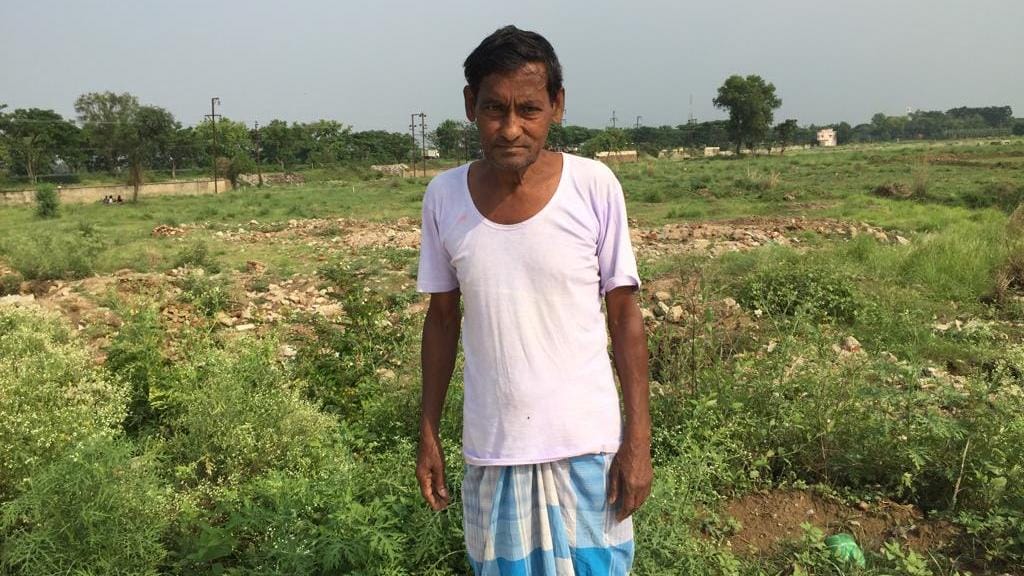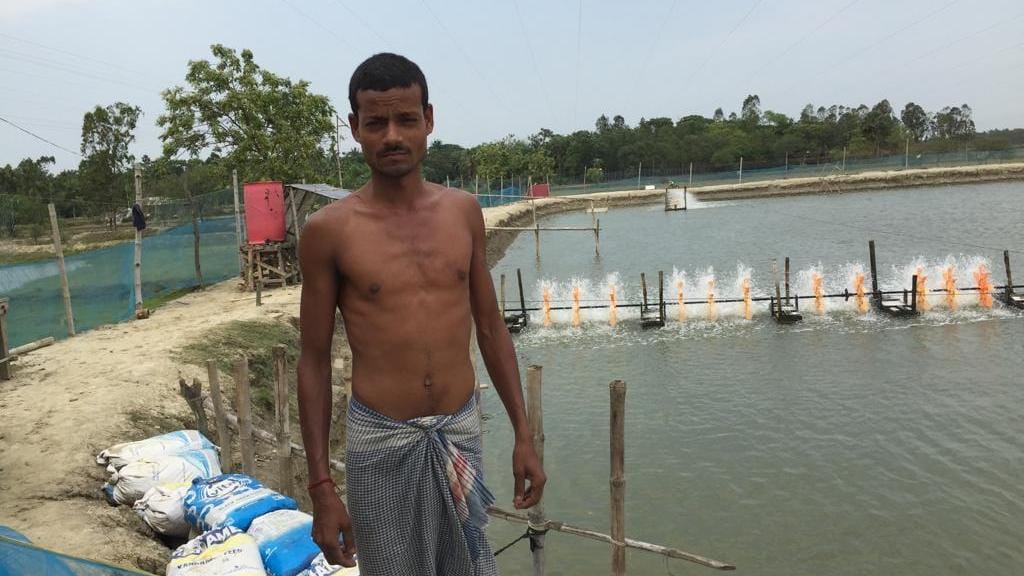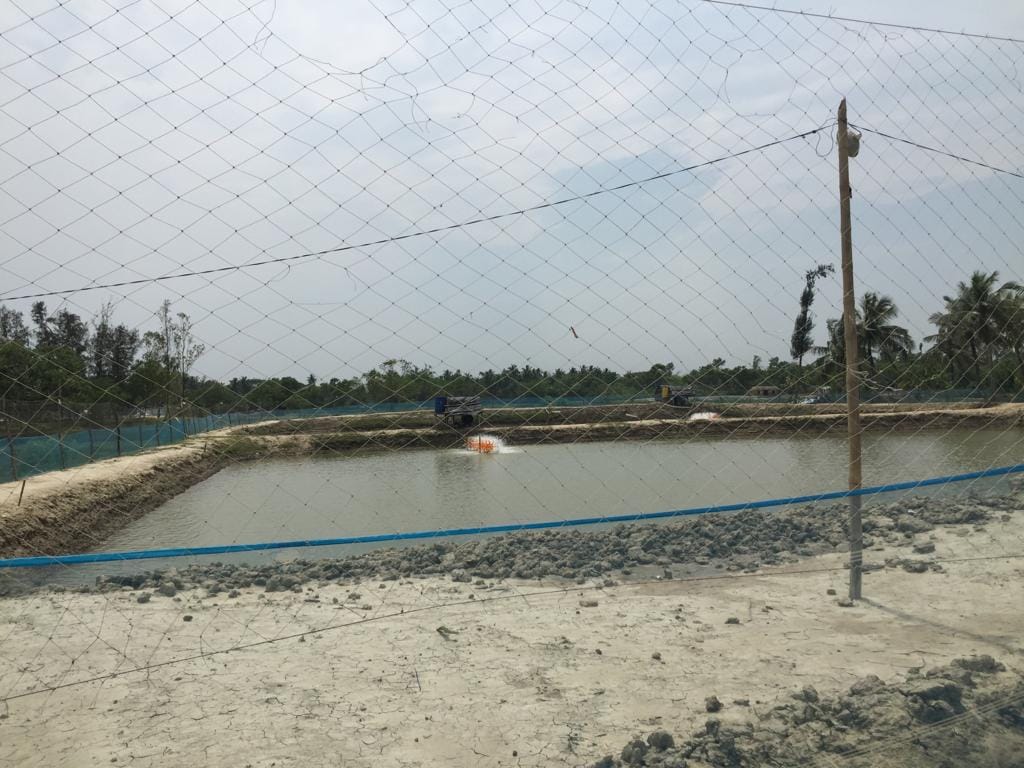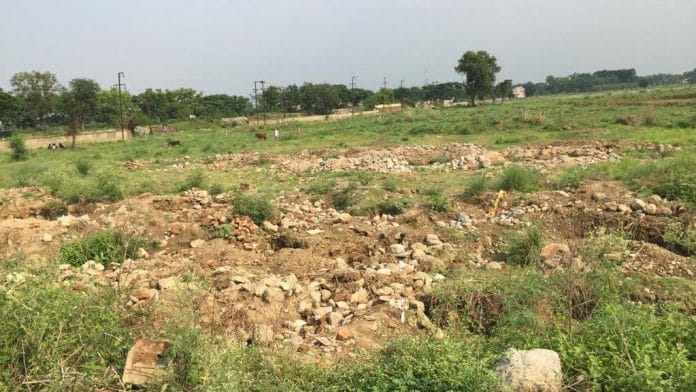Nandigram/Singur: Bifal Bangal, a 67-year-old farmer in Singur, West Bengal, has got back the land he gave away for the first Tata Nano factory in 2006. But he might as well have not.
It has been 11 years since a raging farmers’ protest against land acquisition for the plant forced the Tatas to move the factory to Gujarat. But the land remains uncultivable for local farmers, what with the remains of the factory’s facade still running deep underground.
The factory was razed, Bangal told ThePrint, but the concrete debris underground was not cleared completely — a fact verified by this reporter on a visit to the site.
“This land has become unfit for cultivation. Today, I make ends meet by farming in another small piece of land I have,” Bangal said.

“Tell me, what do I do?” Bangal added. “You expect me to farm in this land, which is filled with stones and other construction debris up to several feet below the ground?”
Shafique ul Sarkar, 67, of Singur’s Beraberi panchayat echoes Bangal’s predicament.
“It has become difficult to sustain my family,” he told ThePrint. “I grow rice and potato on another small piece of land that was not part of the factory project. But I don’t even get to recover what I spend on growing the crops,” he said.
Also read: Not to be left behind in battle of giveaways, BJP says will expand PM-KISAN to all farmers
On a pittance
Bangal and his three brothers were among the farmers who had willingly given away their fertile land to the government for the project, receiving Rs 6 lakh for his share of the plot.
But a massive agitation mounted by farmers who were against the land acquisition, and whose plots were acquired forcibly, resulted in, first, the Tatas moving from Singur to Gujarat’s Sanand and, second, the farmers getting their land back on the direction of the Supreme Court in 2016.
It’s a similar story in Nandigram, located some 144 km from Singur, which was the epicentre of another farmer agitation against land acquisition in 2007. Fourteen villagers were killed in police firing while protesting against the then Left Front government’s proposed land acquisition for a chemical hub of Indonesia’s Salim group.
The agitation ensured that the government could not go ahead with their plans.
The Trinamool Congress (TMC), then in opposition but now leading West Bengal for a second term, supported both agitations, earning enough political capital that it dethroned the Left from its bastion of 34 years in the 2011 assembly elections.
But today many farmers are disillusioned, saying their condition would have improved had the factories come up.
“It’s not only me but the factory would have benefitted my next generation too. My children could have had a good future,” said Bishwajit Mal, who worked in one of the units of the Singur factory in 2006-07.
“It would have created so many jobs, so many additional facilities would have come up here. The entire economy of the region would have turned around,” he added.
Mal’s monthly salary was Rs 12,000 then. “Today, I work in a small spare-parts workshop and get paid Rs 6,000 per month. It’s really difficult to sustain a family with that income.”
In Nandigram, a majority of farmers have shifted to fishery as farming is no longer “viable”.

One such farmer, Krishnakanto Giri, said he had made the career shift four years ago.
“I have taken around two acres of land (with a water body) on lease, for which I pay Rs 2 lakh annually,” he told ThePrint. “I cultivate prawns here. If the going is good, I earn Rs 4-5 lakh in six months. I could have never earned this much if I had continued farming,” he said.

Also read: Why 175 turmeric & jowar farmers are fighting Telangana CM’s daughter in Lok Sabha polls
Despair & resentment
Farmers in Singur and Nandigram, both Trinamool strongholds, are deeply resentful about what they describe as the apathy of Mamata Banerjee’s party — the TMC had come to office on the back of their agitation, they say, but no leader had come forward since to address their issues.
“They did not allow the industry in Nandigram for their political self-interest,” said Sheikh Allamgir Tullah, who works in Nandigram College. “Farmers became mere pawns in their game. Today, everybody has forgotten us. If the farmers are not even getting what they are spending on growing their produce, who do they go to for redressal?”
However, locals admit that this anger is unlikely to take too heavy a toll on the TMC’s prospects this Lok Sabha election.
The BJP, which has been making inroads in West Bengal, has fielded candidates from the Lok Sabha constituencies that Singur and Nandigram fall under, Hooghly and Tamluk respectively, but is at best a marginal player in just one of the two seats, say locals.
Tamluk is likely to be a two-way contest between the TMC and the Communist Party of India (Marxist), but the BJP is expected to make the contest triangular in Hooghly.
“The BJP will eat into some of the CPI(M) and TMC’s votes but that won’t be enough,” said Narendra Nath Pakhira, a farmer in Singur. “It’s the TMC that holds sway here. The farmers here are disenchanted with the TMC but it will not have much of an effect on turning the tide against the party.”
In 2014, the TMC’s Suvendu Adhikary got 53.57 per cent of the total votes polled in Tamluk. Sheikh Ibrahim Ali of the CPI(M) came second with 35.15 per cent of the votes.
In 2009, just two years after the Nandigram movement, Adhikary got 55.5 per cent of the total votes, while Lakshman Chandra Seth of the CPI(M) got 40.4 per cent.
In Hooghly in 2014, Ratna De Nag of the TMC got 45.47 per cent of the total votes polled while Pradeep Saha of the CPI(M) got 31.48 per cent. In 2009, Nag got 49.3 per cent of the total votes, while Rupchand Pal of the CPI(M) got 42.36 per cent.
Both Adhikary and Nag are contesting from the two seats this election as well, while the CPI(M), which won just two of West Bengal’s 42 seats in 2014, has fielded Ali from Tamluk and Pradeep Saha from Hooghly. The BJP has fielded Bengali actress Locket Chatterjee from Hooghly and Siddharth Naskar from Tamluk.
Also read: This BJP MLA is Devendra Fadnavis’ go-to troubleshooter for seething farmers & allies






